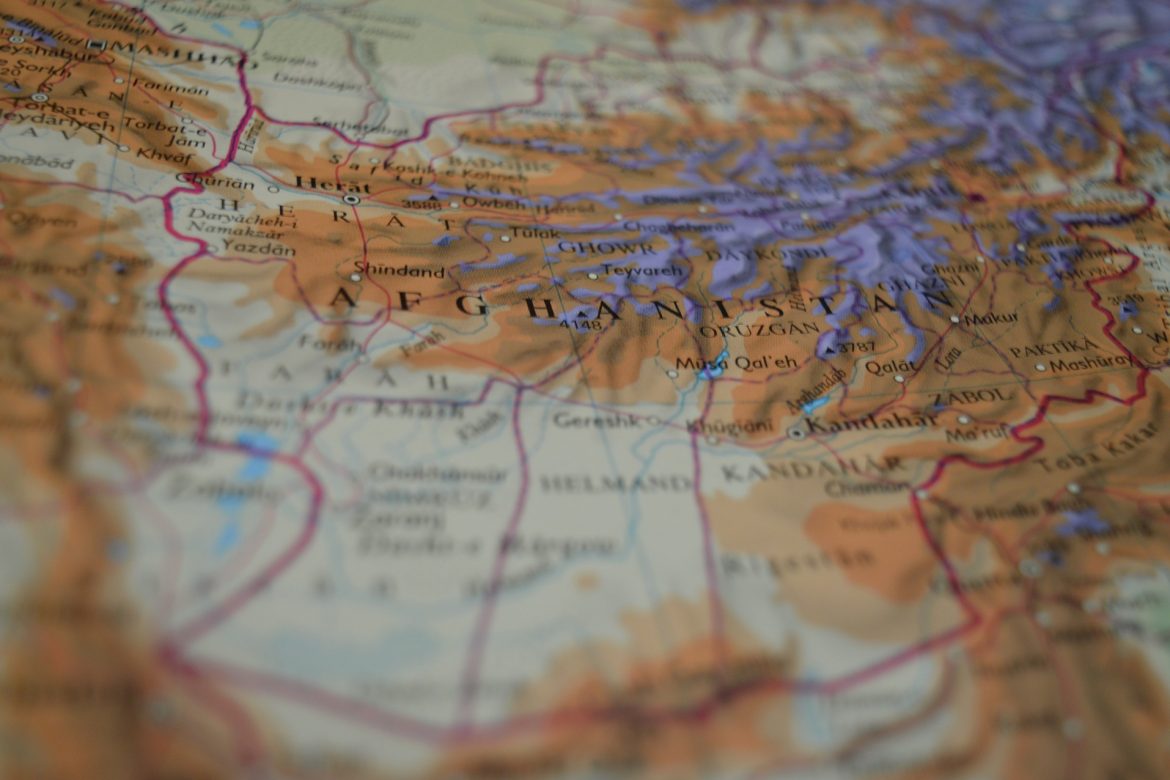When I told family & friends I was planning a trip to Afghanistan, they thought I had lost my mind. Afghanistan, that war-torn middle eastern country full of terrors, army men, car war explosive bombs, predator drones, and AIDs.
The Wakhan Corridor
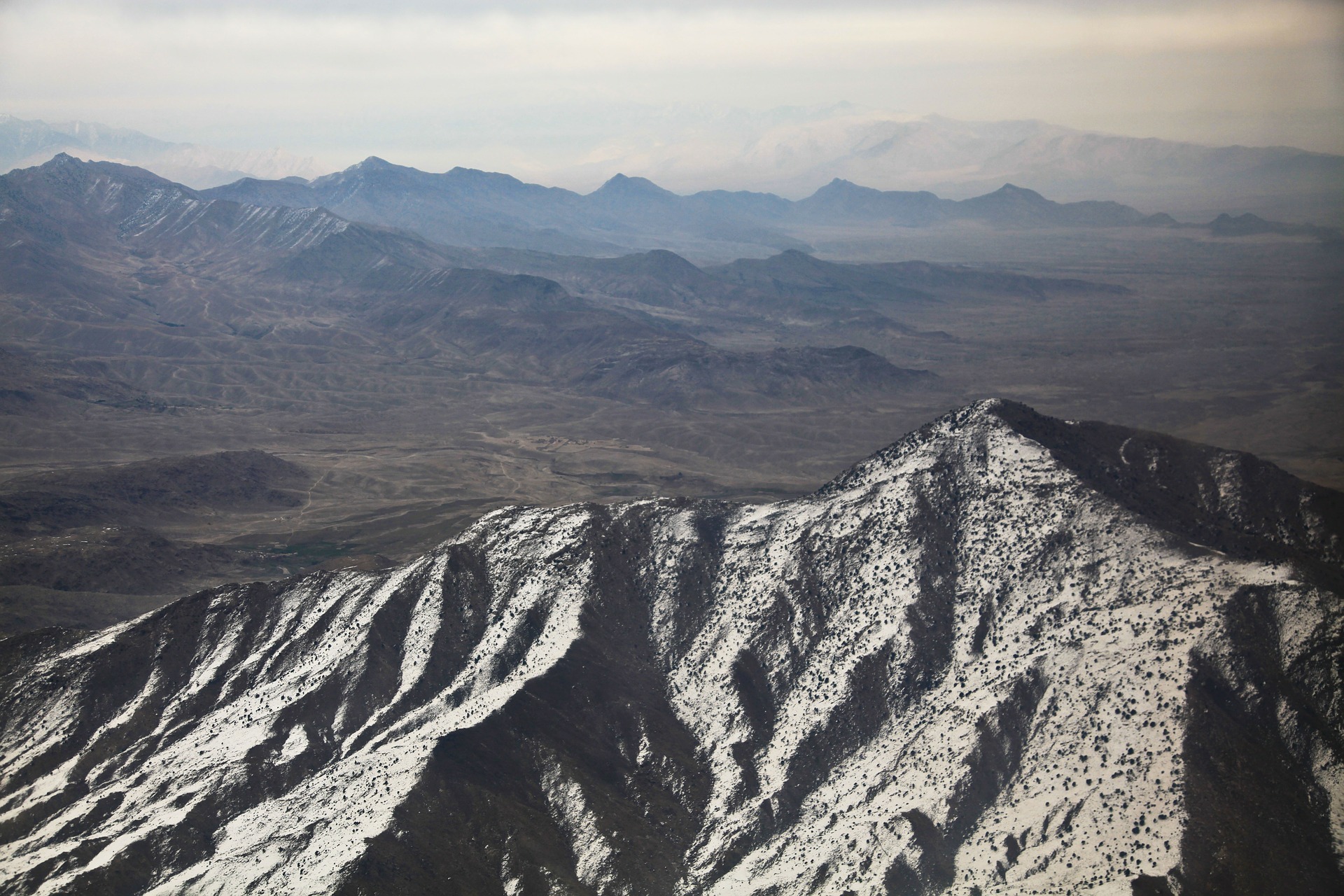
When I informed family members & friends I had been traveling to Afghanistan, they believed I’d shed my brain. Afghanistan, that war-torn midsection eastern nation filled with terrorists, soldiers, car bombs, ttacker drones, and IEDs.
Afghanistan has been on my bucket-list for a few years after I met fellow traveler and public speaker Shane Dallas who happened to share his experience with me at a travel industry conference. I learned that the version of the country most of us see each night on the evening news is simply not the full story…
Afghanistan’s remote and desolate Wakhan Corridor is called the “ roof of the world” by the local people who live there. It’s located in the far North East corner of the country, surrounded on three sides by Tajikistan, Pakistan and China.
There are no government services, large parts of the region have no roads, and people are basically living on their own in the mountains. The area is inhabited by two main ethnic groups, the Wakhi and the Kyrgyz. The Wakhi often have two homes, one for winter and 1 for summer months, made of stone. The Kyrgyz are more nomadic, living in semi-portable yurt tents made of felt. They move their homes and animals to different valleys depending on the season.
A majority of the population raises livestock intended for a living. They will trade sheep, goats and yaks to merchants from Pakistan or other parts of Afghanistan to get clothing, food, and necessities they can’t produce themselves at these remote control high-altitude locations they call home. The Wakhan used to be part of the ancient Silk Road, and explorers Marco Polo and Alexander the Great both passed through this part of Afghanistan on their travels around the world.
Safety In Afghanistan
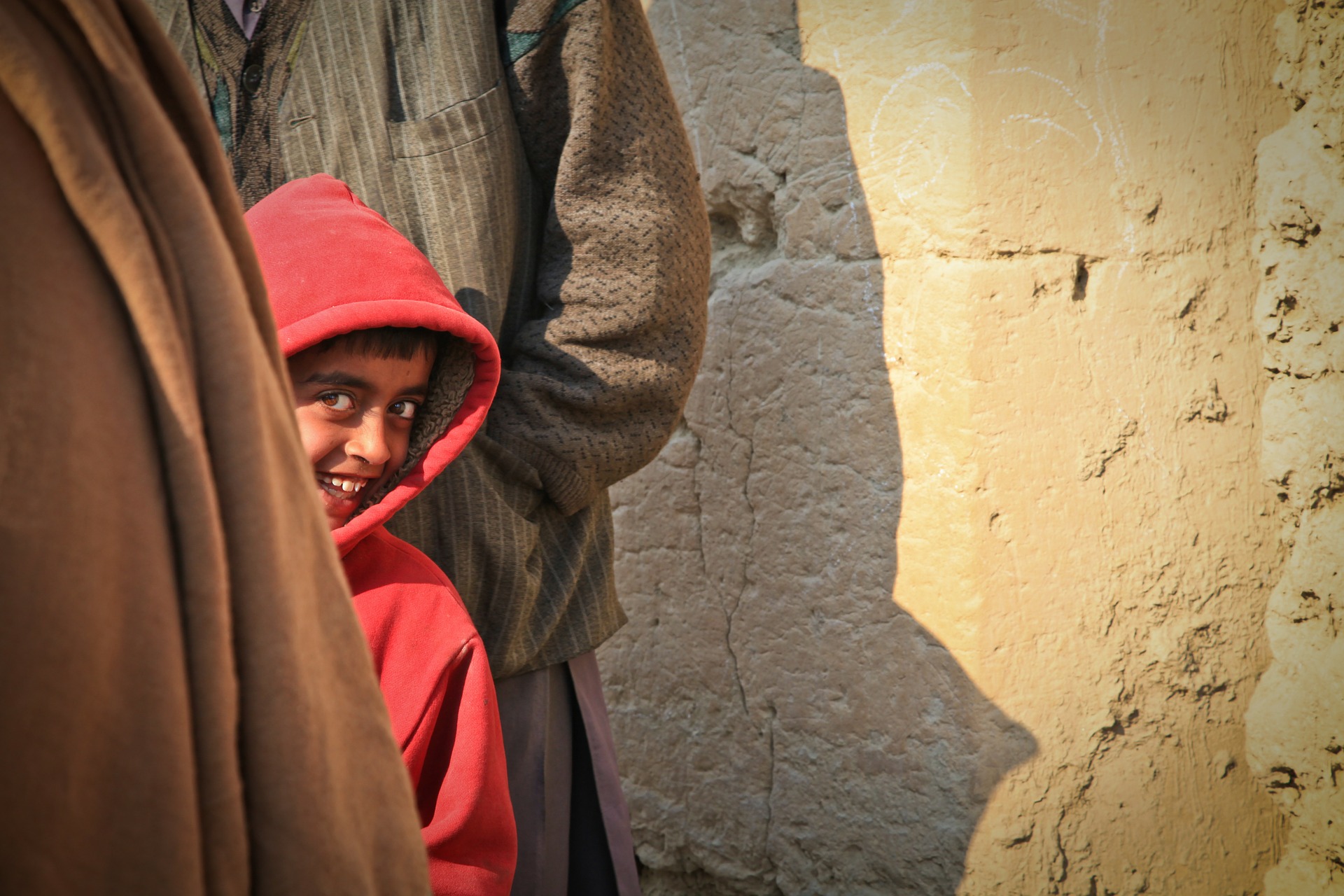
Travelers don’t have to worry about the Taliban or Al-Qaeda in the Wakhan. It’s one of the few places in Afghanistan that has remained relatively conflict-free over the years. The Wakhan is component of Afghanistan’s Badakhshan Province. While the Taliban does have a presence in elements of Badakhshan, the Wakhan region itself is terrorist-free ( for now ). The main road leading in is currently controlled by the Afghan Military, who keeps the Taliban out. Most locals residing in Afghanistan’s Wakhan Corridor are Ismaili Muslims, who practice a moderate form of Islam. They despise the Taliban, and generally welcome foreign travelers. It’s become an important part of their economy. But that doesn’t mean the Wakhan is a tourist hot-spot. The area sees a total of about 100 tourists every year. This is partly due to the taboo of traveling in a war-torn country, lack of reliable travel information, and remoteness of the region.
How To Get A Visa
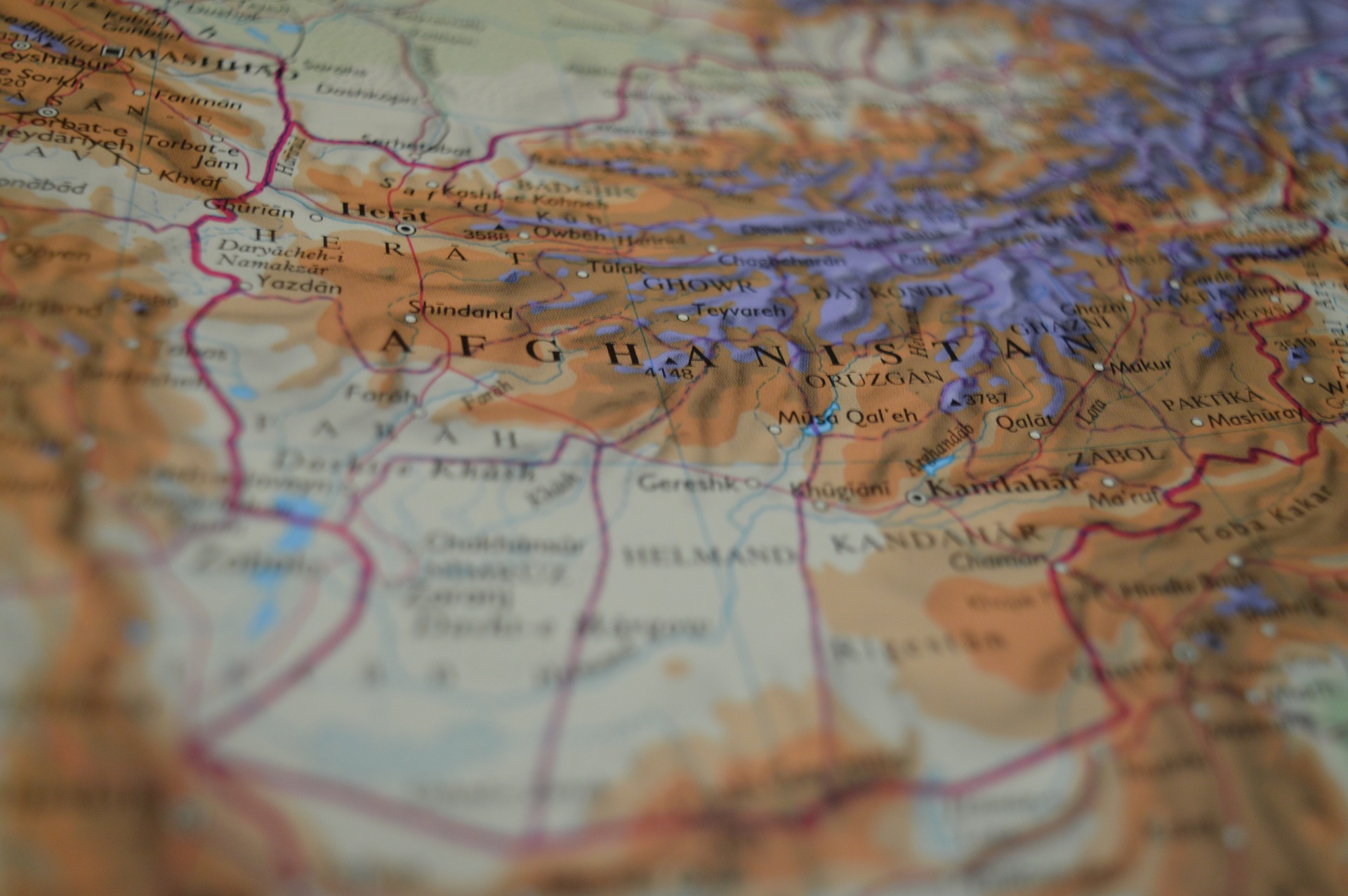
There is a very specific process for obtaining a visa to enter Afghanistan’s Wakhan corridor, and it involves a trip to the neighboring nation of Tajikistan and a town called Khorog near the border. But first, you’ll need a double entry visa for Tajikistan. You cannot get a double access visa upon arrival at the airport, so you must apply for one in advance at an official embassy or perhaps consulate. Why? After you travelling into Afghanistan through Tajikistan, you’ll need to leave through Tajikistan too. Which counts as a 2nd entry into Tajikistan. But typical visas for Tajikistan are only single entry. With your double entry Tajik visa for australia, the next step is to travel to the town of Khorog, where it’s possible to apply pertaining to an Afghanistan visa at the neighborhood consulate. Keep reading to learn more…
Arriving In Dushanbe
Flying into the city of Dushanbe, the capital of Tajikistan, is going to be your first adventure. Tajikistan has a reputation as one of the most corrupt countries in the world – and you’ll soon know why. Dushanbe airport terminal officials asked me for bribes on 2 separate occasions. If you refuse, they send you to the back of the line, or move you to another line, over and over again until you give up and pay them. I recommend spending at least one night in Dushanbe, but probably more. You’ll have to exchange cash, buy last-minute supplies, and get yourself a local sim card for your phone. The best cell phone company to use is TCell for cell service in the Pamir Mountains. You’ll even have some support on the Afghanistan side for a while. There’s a basic outdoor shop in Dushanbe called “BAP3ИШ” where you can buy a knife, stove gas, and other camping supplies you might need inside the Wakhan. Nothing high-end, just cheap Chinese made stuff.
Traveling To Khorog
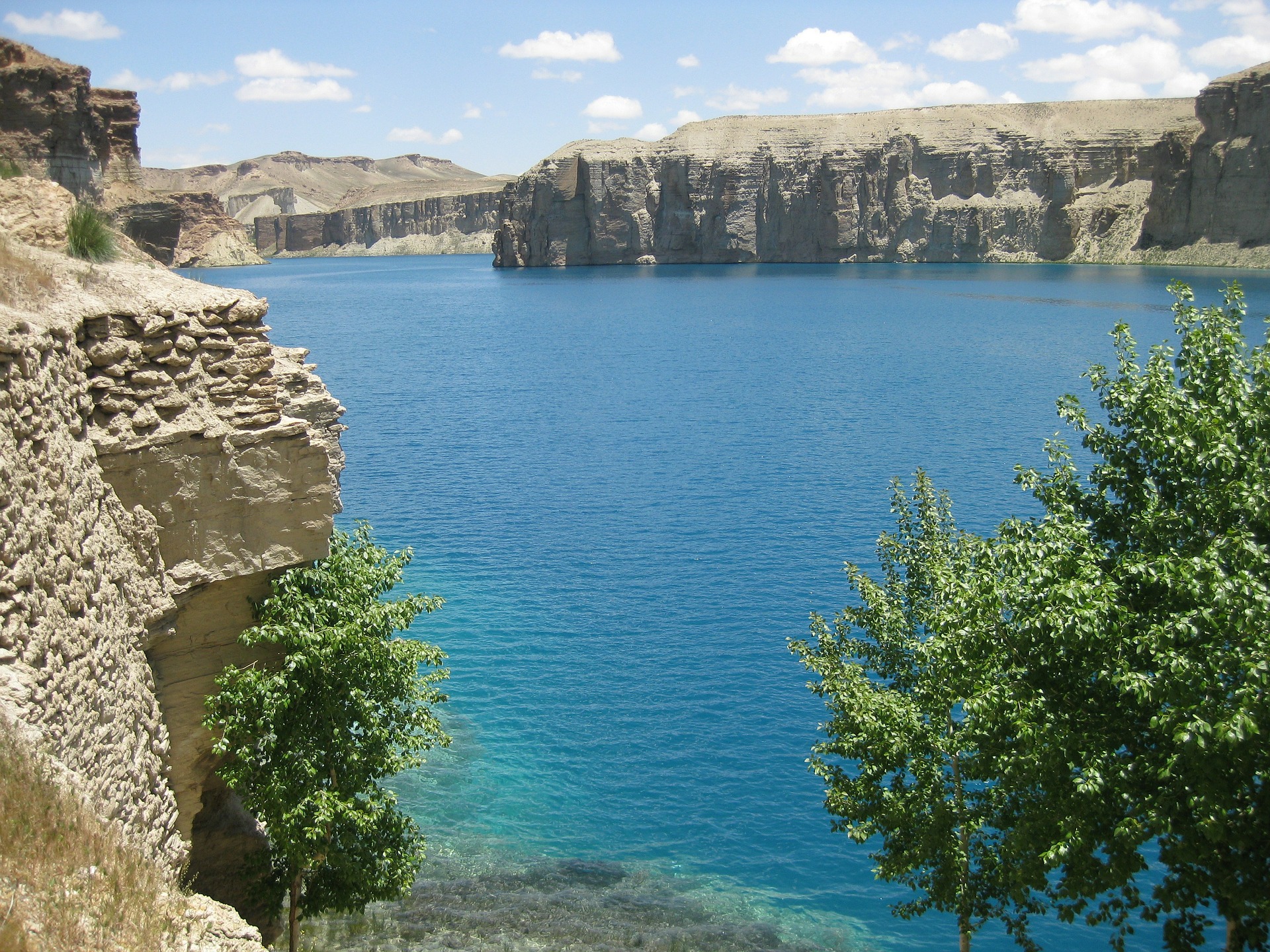
Khorog is a mountain town in the heart of Tajikistan’s remote GBAO region. To travel in Tajikistan’s GBAO area. This can be obtained either when applying for your double access Tajikistan australian visa, or in the Tajik capital of Dushanbe at the OVIR office. Now you must travel to Khorog and make an application for the Afghan visa in person. This requires a rough, dusty, 20 hour long 4×4 taxi journey over the Pamir Highway from Dushanbe. Khorog is usually a major stop for trekkers/cyclists/motorcyclists who are exploring the Pamir Freeway in Tajikistan. It’s also the last place you’ll find an ATM, there are 2 or 3 in town. Plan on spending a least a night or two here before heading to Afghanistan.
Visiting The Afghan Consulate
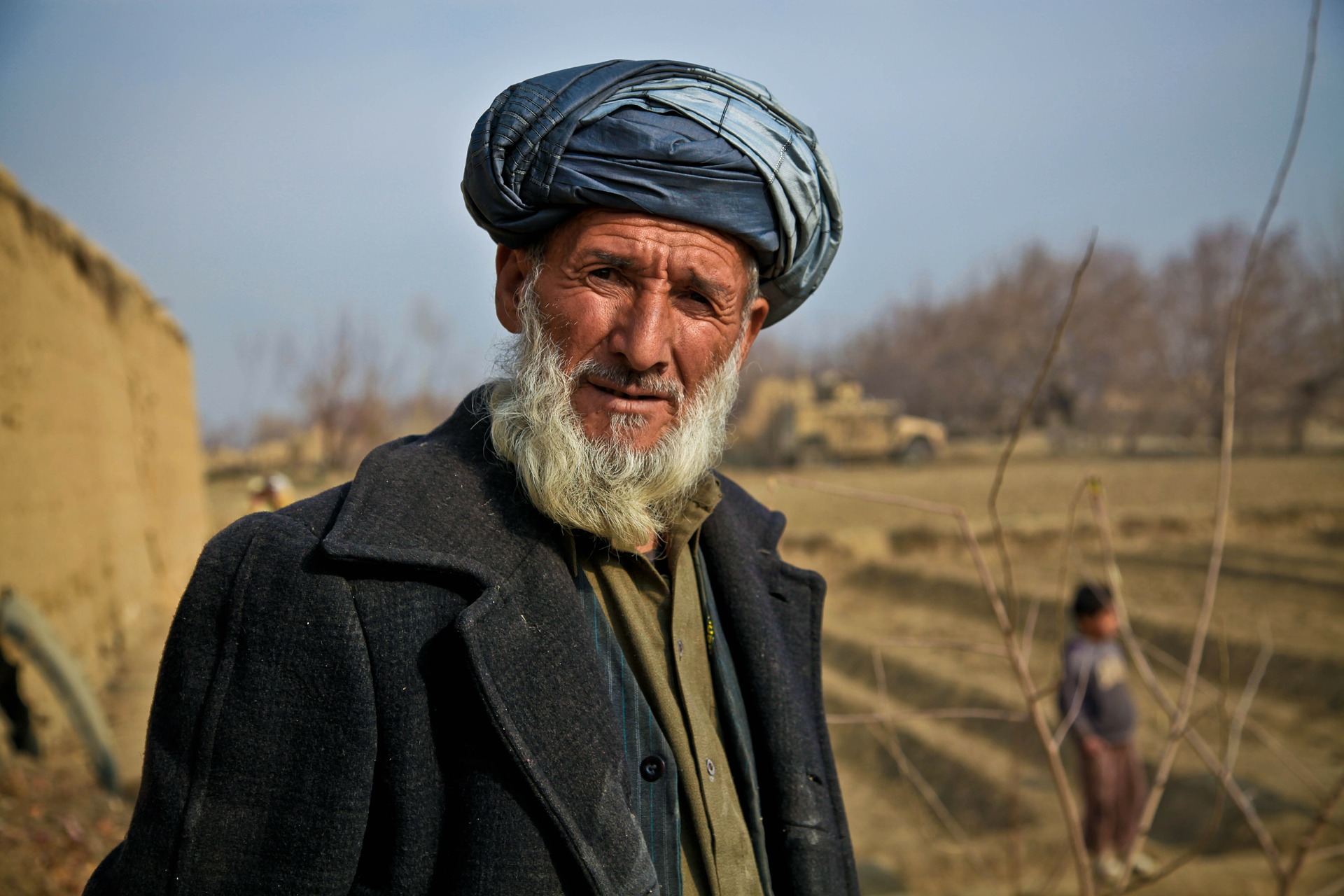
Khorog is home to a small Afghan consulate that has a reputation meant for giving out Afghan visas in as little as an hour. As an American, this same-day visa service cost me $200 USD. Why so much? Because the United States makes it difficult for Afghans to get a visa. So they will return the favor with a high visa fee designed for Americans. The woman at the consulate was trying her best to persuade me personally not to visit. Saying the visa is too expensive just for Americans, that it won’t be easy to travel around there, etc . I assured her I used to be prepared, and had been planning this trip for years. At the consulate I had to explain why I wanted to visit Afghanistan (hiking inside the Wakhan), and write/sign a letter acknowledging I alone was responsible for myself and my actions in Afghanistan.
Crossing The Border
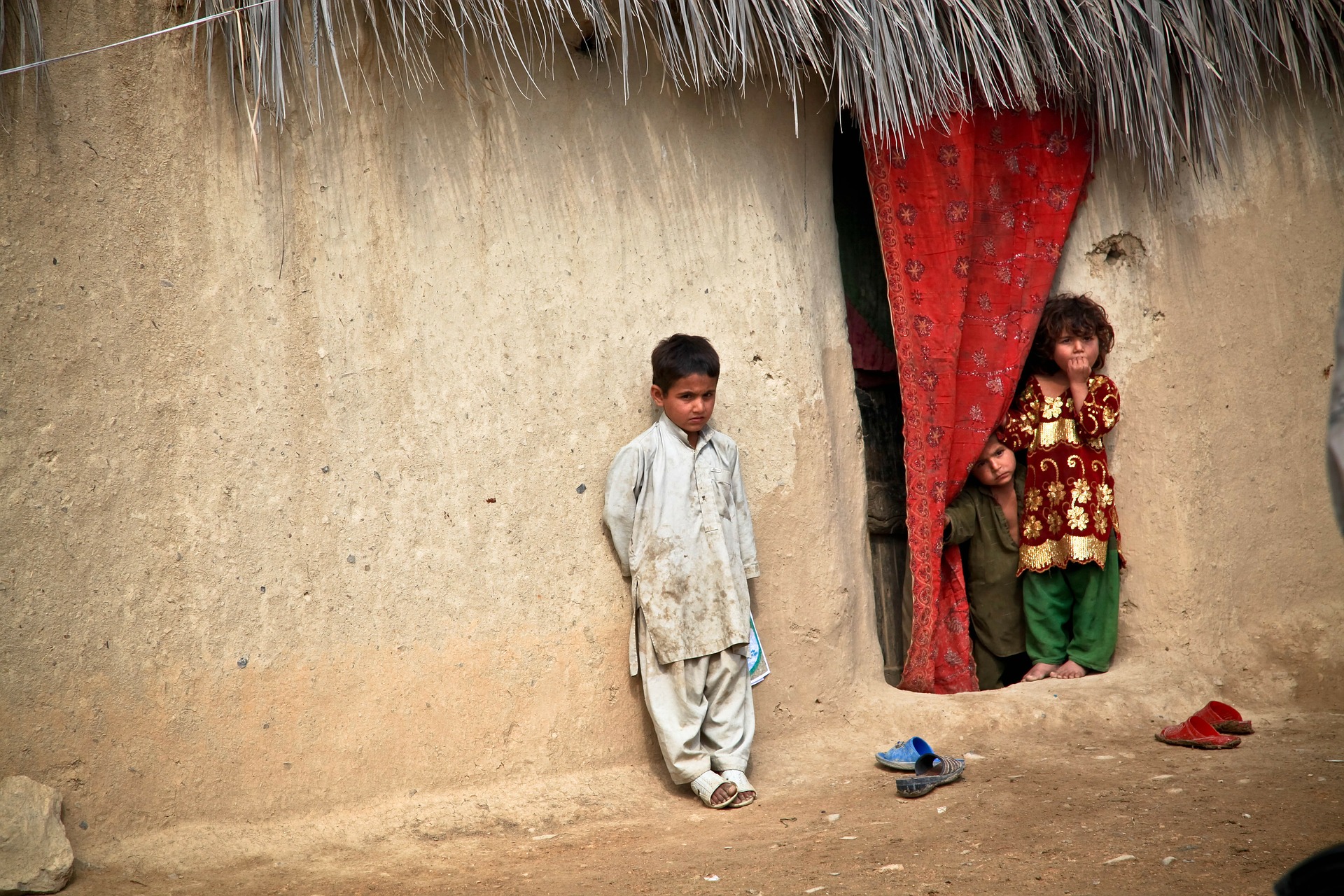
With my shiny new Bedcover visa in hand, I traveled to the Tajik border town of Ishkashim. It’s a 3 hour drive South of Khorog. One or two shared taxis head to Ishkashim from Khorog each morning. The desolate Afghanistan border post sits about the right side of the road before you actually reach the city of Ishkashim. Tajikistan border guards have a reputation for requesting bribes, so just be aware. On the Cover side from the border, that they searched my bags and scanned my personal passport through the INTERPOL database to ensure We wasn’t a fugitive. After that, I was in! Welcome to Afghanistan. I’d become lying if I said I wasn’t feeling nervous standing on Blanket soil. The border post is a few kilometers away from the nearest Spread city of Sultan Eshkashim, therefore unless you want to walk there, an overpriced taxi ride costs $20 for a 10 minute travel.
Hiking In The Wakhan
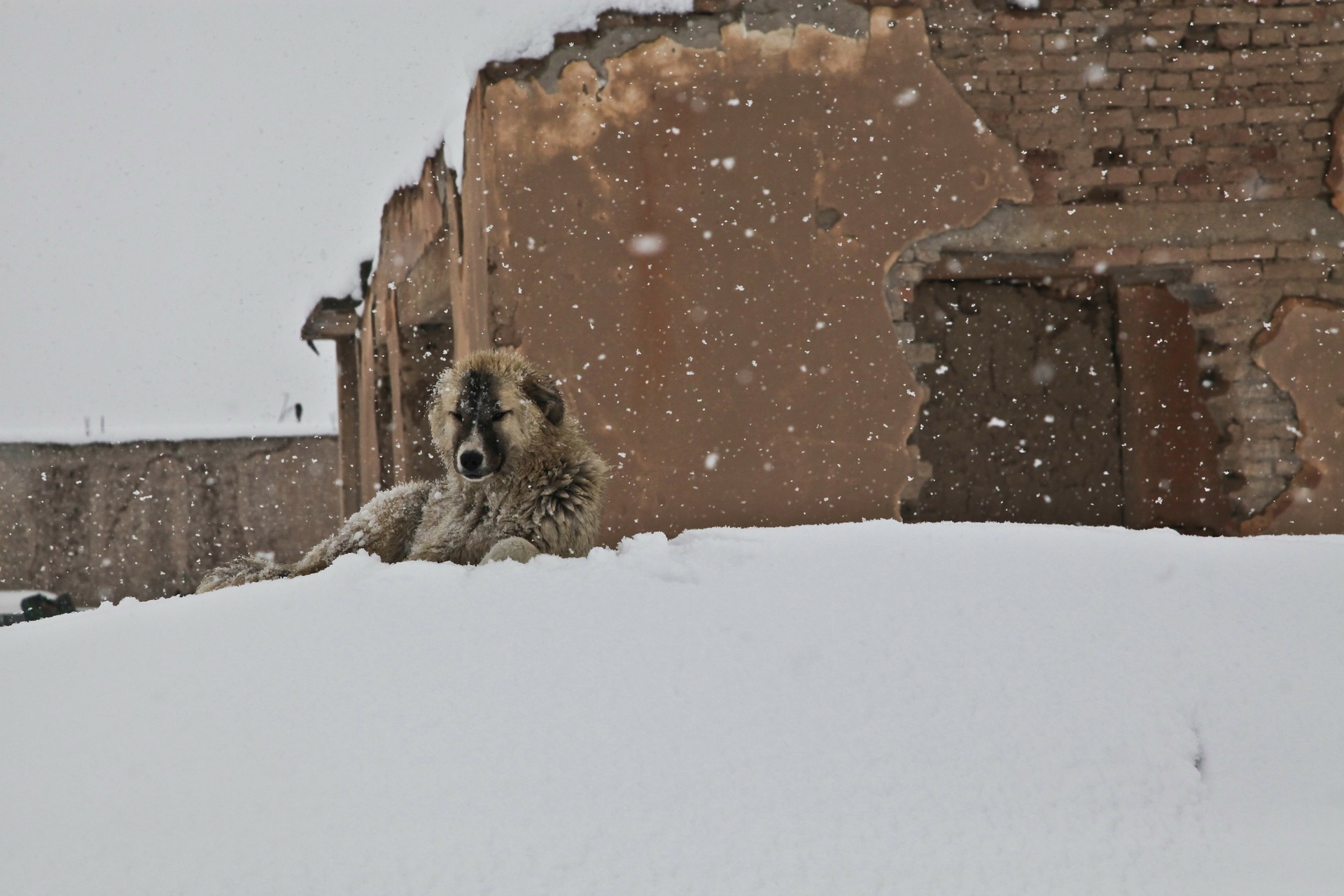
While I’ll go into more detail regarding the trek itself in future articles, I just wanted to share some logistics here. I found my guide /translator Yar in the Counterpane border town of Sultan Eshkashim. At the end of the street in Sarhad, we hired a pack horse accompanied by its owner Panshambe to help carry our meals & gear for the purpose of the next 10 days of hiking. The three of us were completely on our own in the wilderness after Sarhad. Only passing through tiny Wakhi or Kyrgyz communities made up of a couple of rock huts and yurts. No markets, no doctors, no roads.
I’d brought a camping stove and enough freeze-dried meals for 12 days, along with energy bars and trail mix for snacks. My companions packed rice, tea, and bread for themselves. Over the course of the trip we mixed and shared the materials with each other. Unless you bring your own trekking food, your options are going to be limited. Canned fish, beans, rice, and sugar are available to buy in Sultan Eshkashim. But that’s about it. You can sometimes purchase flatbread coming from locals in the mountains. The 10 day trek maintained altitudes between 12, 000 and 16, 000 feet. The trails themselves weren’t terribly difficult, as they are utilized by locals on a daily basis, but it’s the altitude and the dramatic weather that can mess you up. Some of the trails were perched on the edge of 300 foot drops, and when it snowed (yes, in August), these became much more dangerous. There were many river crossings, but nothing deeper than your knee.
Warnings

Afghanistan is still an extremely volatile region. As the Wakhan Corridor itself is pretty safe, a foreigner did disappear there recently, and other areas of the province have seen kidnappings and Taliban attacks. Just because it felt safe when I was there does not mean it always will be. Also, it’s important for me to point out that the Afghanistan/Tajikistan border sometimes closes without warning. Usually because of Cholera outbreaks, sometimes just due to bureaucratic arguments. If it closes once you’re around the Afghan part, you’ll be stuck presently there until it opens again. Which could be a few days, or a few weeks. You need to be ready for that possibility. Traveling overland to Kabul from the Wakhan is not a safe option at the moment.

